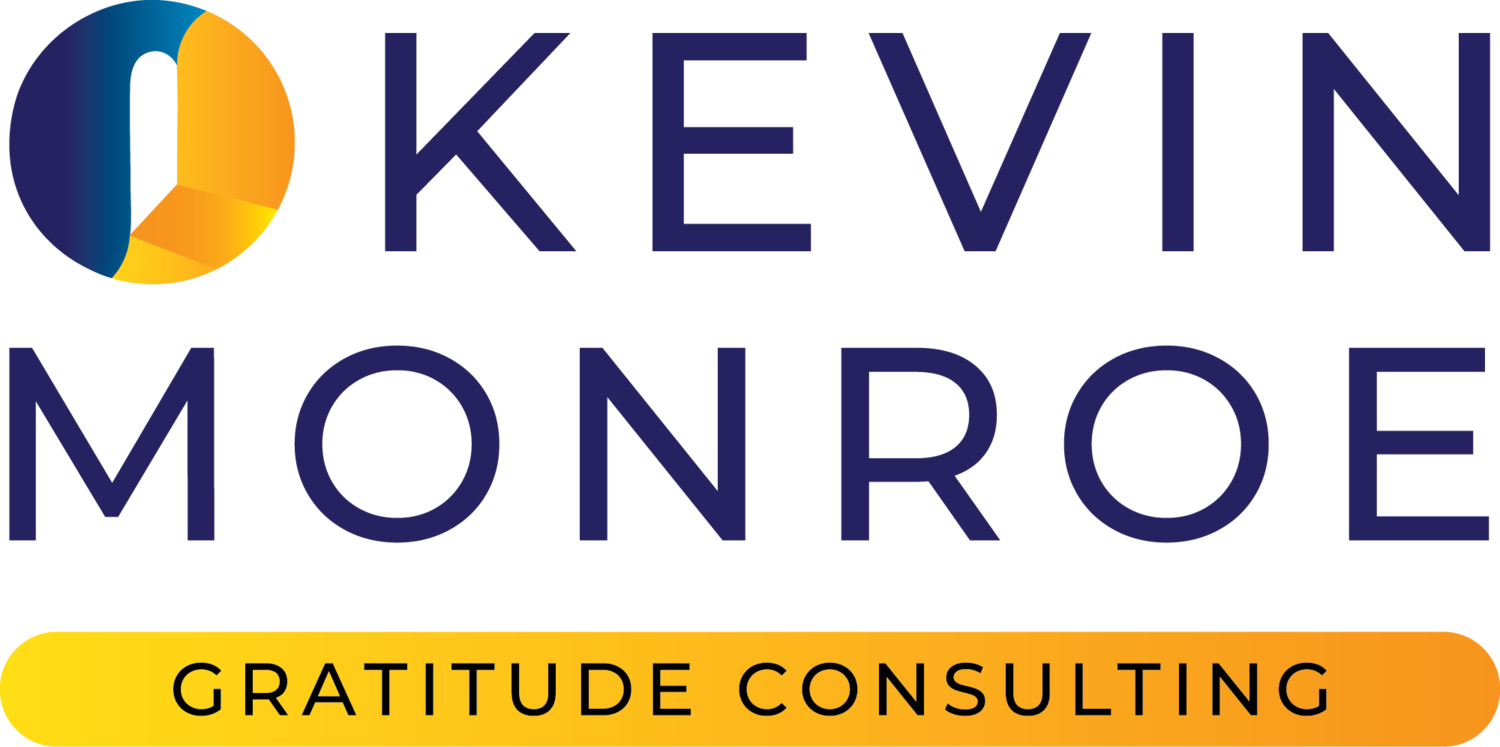The Hope Gap: Why Motivational Tactics Aren't Working
May I be candid with you? For the past five years, we are all navigating new territories and terrains. Most likely, your strategic plan did not forecast even half of the challenges you've navigated these past five years.
Almost halfway through 2025, the chaos and uncertainty continue…and they are taking a toll. On you, the people you lead…and the people they love and want to provide for.
You know the truth of Bob Dylan's now 60-year-old song, The Times They Are A-Changin'.
Something is different. You know it, but you might not be able to put your finger on it or label it. It seems that people are now resistant to "tricks of the trade" that you could once rely on to 'motivate the troops' and get people excited and engaged.
What's Changed?
Earlier this year, the Gallup Organization named it. They called it The Hope Gap. Their research revealed what many have felt but few have articulated: What followers want most from their leaders isn't motivation, inspiration, or even purpose—it's hope.
Maybe this helps explain what's happening in your organization…with your team….the people entrusted to your care.
When hope is depleted, traditional motivation tactics don't just fail—they often make things worse.
The Hope Gap Is Real
The numbers are striking:
64% of workers want leaders who instill in them a sense of hope (Gallup).
Employees with the highest levels of hope are 74% less likely to suffer from burnout (meQ).
Leaders who inspire hope get 68% MORE engagement.
But here's the critical insight that most leaders miss: When hope is depleted, your well-intentioned efforts to motivate may actually be widening the gap rather than closing it.
Why Your Current Approach Might Be Widening the Gap
A leader noticed engagement dropping across the organization. His response? Gather the troops and share an uplifting message about overcoming challenges in the past, assuring them that we will get through this storm together. Everybody left with a logoed Yeti tumbler.
Many employees left bewildered, confused, and deflated. Why?
Because when people are experiencing hope depletion, motivational approaches feel disconnected from their reality. The gap between leadership's enthusiasm and employees' lived experience becomes evidence that leaders don't understand what's really happening.
Hope Science: What Actually Works
Before diving into specific approaches, we need to understand what hope actually is—not as a vague feeling, but as a cognitive-motivational system studied extensively by psychologist C.R. Snyder and others.
Hope consists of three essential elements:
1. Achievable Goals Not distant "BHAGs" (Big Hairy Audacious Goals) that feel disconnected from daily reality, but meaningful objectives that balance challenge with attainability.
When hope is depleted, people need proximal goals—achievements they can reach this week, this month. They need to experience progress before they can envision grand futures.
2. Pathways Thinking The belief that multiple routes exist to reach those goals. When one approach fails, alternatives are available.
Hope-depleted individuals often exhibit "tunnel vision"—seeing only one way forward (that isn't working) rather than multiple possibilities.
3. Agency The belief that your actions matter—that you can affect outcomes through your efforts. And importantly, the willingness to take those actions.
This is where traditional motivation most often fails: it attempts to inspire action without rebuilding the belief that those actions will make a difference.
Common Hope-Depleting Leadership Approaches
When leaders don't understand these principles, well-intentioned efforts often backfire:
Raising the stakes ("This quarter is make-or-break!") when people need achievable wins.
Pushing harder ("Just give 110%!") when pathways, not effort, are the issue.
More inspirational talks when what's needed is evidence that action leads to results.
Contests and rewards that further overwhelm already stretched resources.
New initiatives that signal prior efforts (and investments) didn't matter.
A Hope-Building Alternative
Consider instead how hope science might reshape leadership approaches:
Instead of a new ambitious vision: Break down large goals into visible weekly progress markers. Celebrate these small wins publicly.
Instead of more motivational speeches: Create structured time for teams to identify multiple approaches to current challenges. Help them expand their pathways thinking.
Instead of higher targets: Provide concrete evidence of how specific team actions have directly influenced outcomes. Build the belief that effort connects to results.
Instead of another engagement initiative: Address the specific patterns of hope depletion present in your organization.
Understanding Before Intervening
And that brings me to a crucial point:
Hope building must begin with a proper diagnosis, not just treating symptoms.
Effective leaders must identify the reasons behind hope depletion before trying to restore it, just as responsible physicians diagnose conditions before prescribing medication.
Different team members experience hope depletion differently. Some have lost faith that their efforts matter. Others see no alternative pathways forward. Still others can't connect daily work to meaningful outcomes.
Applying the wrong solution to the wrong pattern of depletion doesn't just waste resources—it can actively damage trust.
Navigate This New Territory With Confidence
What if you could get a map of this new territory that would inform your strategy and approach? You can.
We've developed The Hope Compass, an assessment for teams and individuals to identify current hope depletion and provide insights and strategies to foster hope.
For leaders with teams of 7 or more: I invite you and your team to complete The Hope Compass. This practical tool requires just 15 minutes per person and reveals the specific hope depletion patterns affecting your team. Simply have team members complete the assessment within one week. When we reach 75% participation, we'll create a report to share findings and tailored hope-building strategies for your team.
We're looking for 5-7 leaders and teams to complete The Hope Compass this month. Do YOU want to be one of those?
Send me a DM or complete this short survey to express your interest.
In a world where hope is the top desire of followers, leaders who can cultivate hope—not just motivation—will foster genuinely engaged teams.
I AM GRATEFUL FOR YOU!

